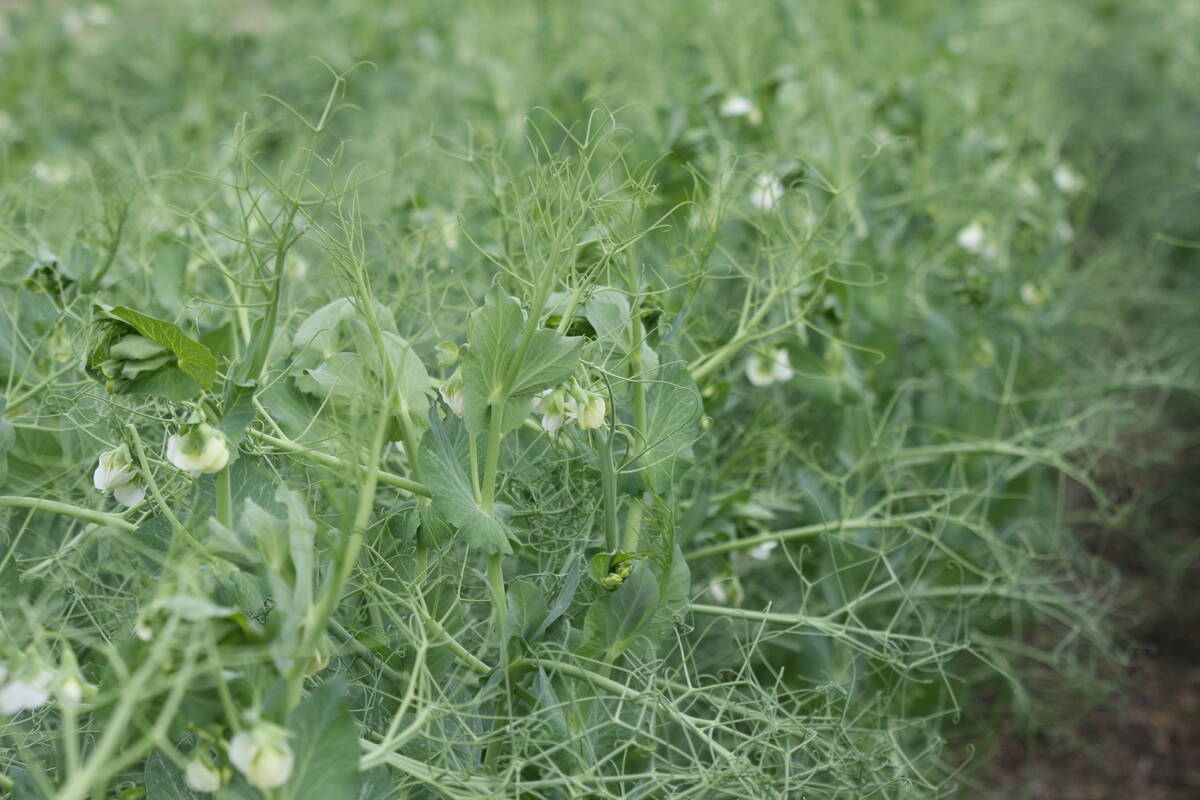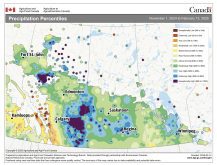Are Canada’s farmers and food companies tooling up to maximize production and quality, or to avoid exposure and risk?
That’s something we won’t know for a while, but the answer will say a lot about how big a player Canada will be in world markets in coming years.
The pandemic has encouraged a lot of flexibility and innovation about how we all do business. Many people have had to change how we do things to survive and thrive in the midst of a once-in-a-century crisis.
Read Also

Russian pulse trouble reports denied
Russia’s pulse crop will be larger than last year, which won’t help prices rally from their doldrums.
But in what way have we adapted?
I wrote a story on page 36 of this issue about how Canada’s food processors had managed to rebound from the pandemic shock much better than some feared, showing much flexibility and lots of innovative thinking.
Did they attempt to leap forward into a new age of production, or batten down the hatches for today’s storm?
That’s what remains to be seen. Companies can react to challenges by investing to revolutionize their systems to maximize production and combat margin compression with increased output at optimal efficiency.
Or they can aggressively wring costs out of their systems, ensuring they get the maximum margin from already-invested capital, even if that means reducing overall production.
Farmers do the same thing. They can choose to embrace heavy investment for maximum production employing the newest cutting-edge methods, or they can choose to squeeze every bit of margin out of their existing operations.
Canada’s farmers are famous for embracing investment-led production efficiency and gains. That tends to lead to greater overall production, as we have seen in recent decades, with farmers continually boosting yields and production.
Canada’s food processors have often been accused of the more conservative approach, eschewing the potential of the North American and international markets by focusing on playing cautious in a competitive industry. At times they have been accused of lacking ambition and letting Canada down by seldom looking beyond the American market as a potential source of export sales.
There are some sectors of food processing that are bolder. That includes oilseed crushers, as we’ve seen in recent days with announcements by Canada’s major crushing companies of big new investments in canola crushing in Western Canada.
But the canola oil and meal they produce are intermediate goods, in some ways closer to farm production than processed food production.
Canada hasn’t produced global giants among food companies. Nobody in Canada rivals Proctor and Gamble, Kraft, Nestle or Unilever on the world stage.
For prairie farmers, that isn’t necessarily a big deal. A bigger domestic processing industry would add some incremental demand to the market, but probably not in a huge way, since Western Canada produces such a mountain of most crops.
The expansion of crushing is wonderful for crop values because that does consume a large proportion of the crop and creates a captive demand source. Every new and expanded crusher represents a lot of extra future demand.
It’d be great to see reinvestment by meatpackers for the sake of the cattle and pig farming industries. There’s some modern pig processing in Canada, but the main beef plants are aged, previous-era facilities trying to modify themselves to survive in a brutally competitive business.
Revamping ancient plants to keep up with what’s necessary in today’s market isn’t an approach that sends farmers a signal to believe in the long-term viability of their industry, or to invest much in their own operations. The meat companies showed great commitment and an ability to innovate aggressively and quickly when hit with the pandemic shock wave. Will they apply that in “peacetime” too? They clearly have the ability to embrace change and modernization — if they choose.
How have farmers reacted to the pandemic, and the even greater commodity market drama of the raging bull market?
That’s something that’s too early to tell. Some believe the bull market is just a one-or two-year phenomenon and aren’t likely to overhaul their operations to make permanent changes due to it. Others think it’s the beginning of another long-term commodity market, which will put them now in the position of having to choose what strategy to employ for its long-term impact.
Some of the money being made today is being poured into the red-hot farmland market.
For many, that’s a way of creating an optimal production base upon which to drive down marginal per acre costs and use equipment to its maximum potential.
For others it’s the opposite: an investment sink that takes money away from other uses of that capital that could produce better production results. Some farmers at today’s steadily increasing farmland prices end up being land-rich and cash-poor. That squeezes the farm’s ability to invest in productive capacity beyond acres and designed to produce the most sound farm possible.
That was a subject of a story I did about FCC analysis on the owning-versus-renting premiums being paid for Canadian farmland, which can be found on page 44 of this issue.
There’a a third factor now affecting farmers’ decisions about whether to invest in new productive capacity, or to manage their operations for maximum return on already-invested capital: the chronic dryness that threatens to become a drought.
Does anybody right now dare to pour capital into their operations? Fortunately, farmers are too busy to be making those decisions, and we’ll soon know if that drought factor is something that dominates this crop season or fades. But for today, it’s a further complication to the already complex situation of farmers’ approach to the post-pandemic future.
It’d be nice to know how the post-pandemic world, the commodity bull market and the drought work out. That would make farm investments easier.
But reality is unlikely to provide that clarity, so farmers will just have to go with their guts and their best guesses.


















